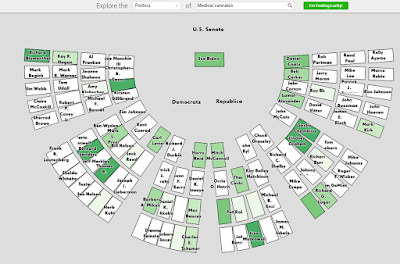"Prior to Arches, no modern software system was freely available to the heritage field, often leading organizations to expend scarce resources to create custom systems from scratch." - Arches Project
 |
| Example of webmap powered by Arches: http://historicplacesla.org/map |
According to the project factsheet, Arches was designed with the following principles in mind:
- Economical: As an open source system, Arches is available at no cost and allows adopters to share resources for software customization and maintenance.
- Customizable: The software code is open, and the system is structured in modules to be easily extended. It is capable of presenting its user interface in any language or in multiple languages and configurable to any geographic location or region.
- Standards based: Arches incorporates internationally adopted standards for heritage inventory, semantic modeling, and information technology, leading to better practices in the creation and management of heritage data and facilitation of data exchange and longevity in spite of advances in technology.
- Broadly accessible: Web-based for the widest possible access, Arches is user friendly, requires minimal training for most users, and is freely available for download from the Internet.
 |
| The Arches project website has a nice user-friendly layout and information is easy to find. |
For documentation including how-to-install, visit: http://arches.readthedocs.org/en/latest/. There is also a forum on Google Groups: https://groups.google.com/forum/#!forum/archesproject.


